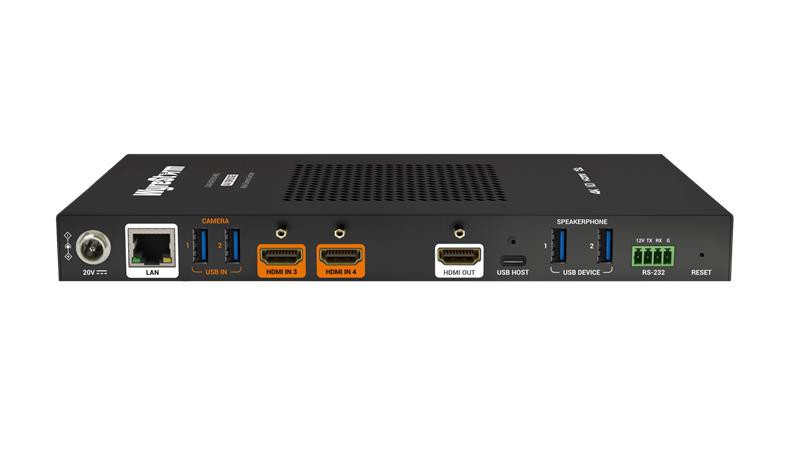Help Wanted – Architects with AV Technology Savvy by Christopher Maione
AV industry professionals looking for technology savvy architects willing to work and cooperate with AV consultants and AV system integrators for successful execution of high-level AV project design.
Job Description: Candidates will provide the necessary architectural design and coordination services to PROPERLY integrate AV technologies into a large variety of environments including but not limited to:
· Boardrooms
· Conference Rooms
· Presentation Rooms
· Videoconference Suites
· Auditorium
A daily selection of features, industry news, and analysis for AV/IT professionals. Sign up below.
· Training Rooms / Classrooms
· Lobby’s
· Retail Spaces
· Houses of Worship
Duties & Responsibilities Include:
A willingness to allow AV FUNCTIONALITY dictate selection, size, placement, orientation, color and all other technical performance aspects of the AV equipment deemed appropriate for the aforementioned facilities.
Cooperative and creative integration of AV equipment into all areas of the facilities as requested by the AV professionals. This will include but not be limited to:
- Walls
- Floors
- Ceilings
- Conference tables
- Lecterns / Podium
- Credenzas
All architectural design candidates must have a basic understanding that:
• AV equipment is not dimensionless, invisible or available in every Pantone color. Projection screens, flat panel sizes, and their mounting heights AFF (above finished floor) are dictated by the size of the room, audience seating area and specific mathematical calculations of good viewing area (GVA).
· If the room requires a projection screen 6' in height mounted 3’ 6” AFF, the ceiling height must be at least 9’ 6”.
· Room acoustics are critical for a properly designed audio/video conferencing system. NC-35 must be considered realistic and an achievable noise criteria.
· Room lighting is critical for videoconferencing. Light levels, color temperature, light fixture types and placement must be designed to ensure the videoconferencing system performs properly.
· Video projectors must be mounted on centerline with screens (or to the limits of reasonable digital offset correction) and placed at specific distances from screens to yield the desired image size based on available lenses.
· “Portable” and removable equipment is not appropriate for “fixed” conference facilities.
· Symmetry does not out-rank AV technical common sense.
· Video camera placement shall not be decided as to where the camera will be least “noticeable,” but rather where it will “see” the room and participants from the best camera viewing vantage point and angle.
· An AV system best suited to be installed in a 7’ high equipment cabinet cannot be “fit” into a 30” high 3’ wide credenza.
· Ceiling speaker size, quantity, and placement are dictated by the performance specifications of the speaker and audio coverage uniformity (ACU) standards.
· Microphone placement at conference tables is a critical AV design element and based on the specific performance of the selected microphones. Table seams, wood inlays, and the location of table troughs and hatches cannot be the deciding factors as to where microphones are placed.
Benefits Include:
- AV facilities which are properly designed for their intended functionality
- AV facilities that meet specific performance criteria and key industry standards
- AV facilities which actually “work” they way they are supposed to
- Happy clients
Market Potential
AV integration is happening everywhere and we expect this position to have excellent opportunities for growth in multiple industries with higher earnings for all.
Send resume, qualifications and statement of your willingness to work along with recent project experience to me at architectsgetit@chrismaione.com
For additional information, consult your local AV professional.
Christopher Maione, CTS-D, is president of Christopher Maione Associates, a firm specializing in all aspects of AV business, technologies, emerging trends and marketing strategy. He is also an InfoComm Adjunct Faculty member.
The AVNetwork staff are storytellers focused on the professional audiovisual and technology industry. Their mission is to keep readers up-to-date on the latest AV/IT industry and product news, emerging trends, and inspiring installations.
